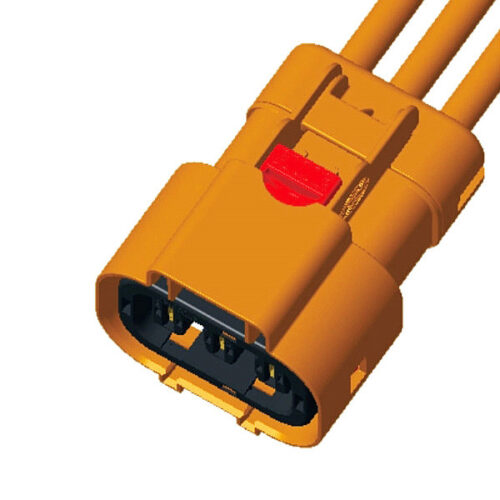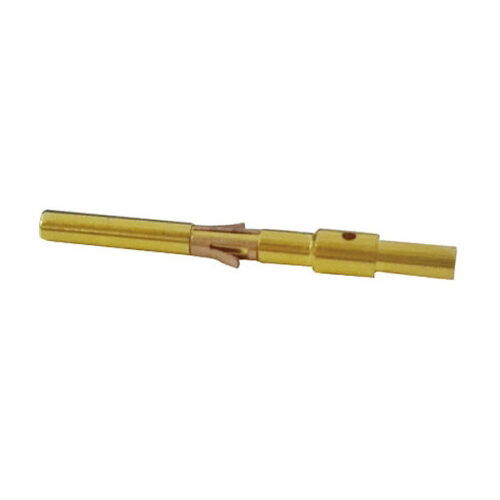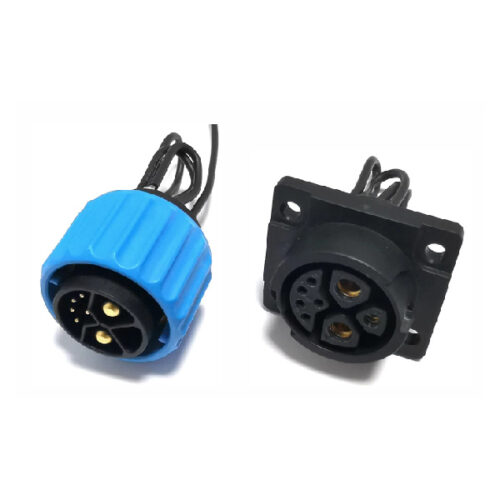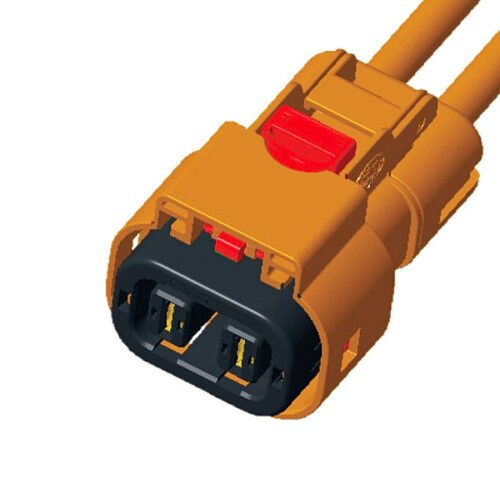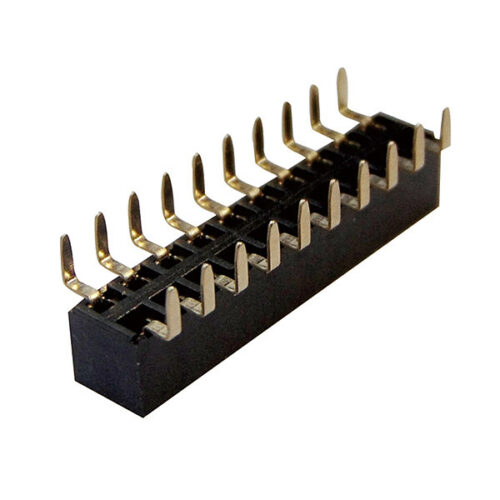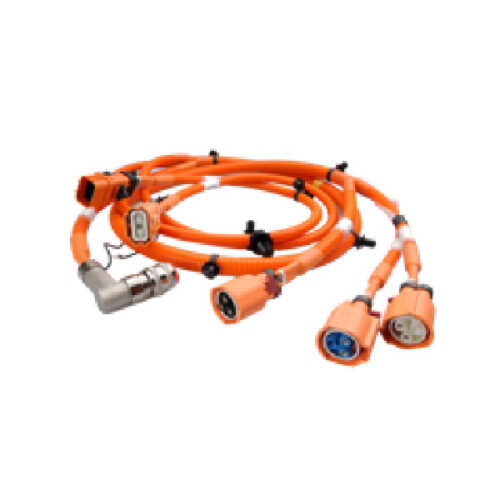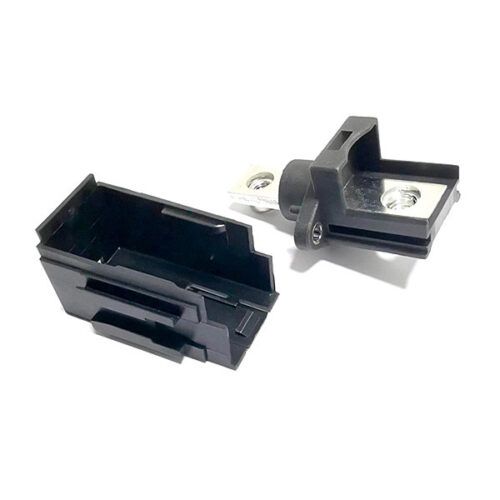Blogs & News
We are focus on automotive wiring harness & connectors technology.
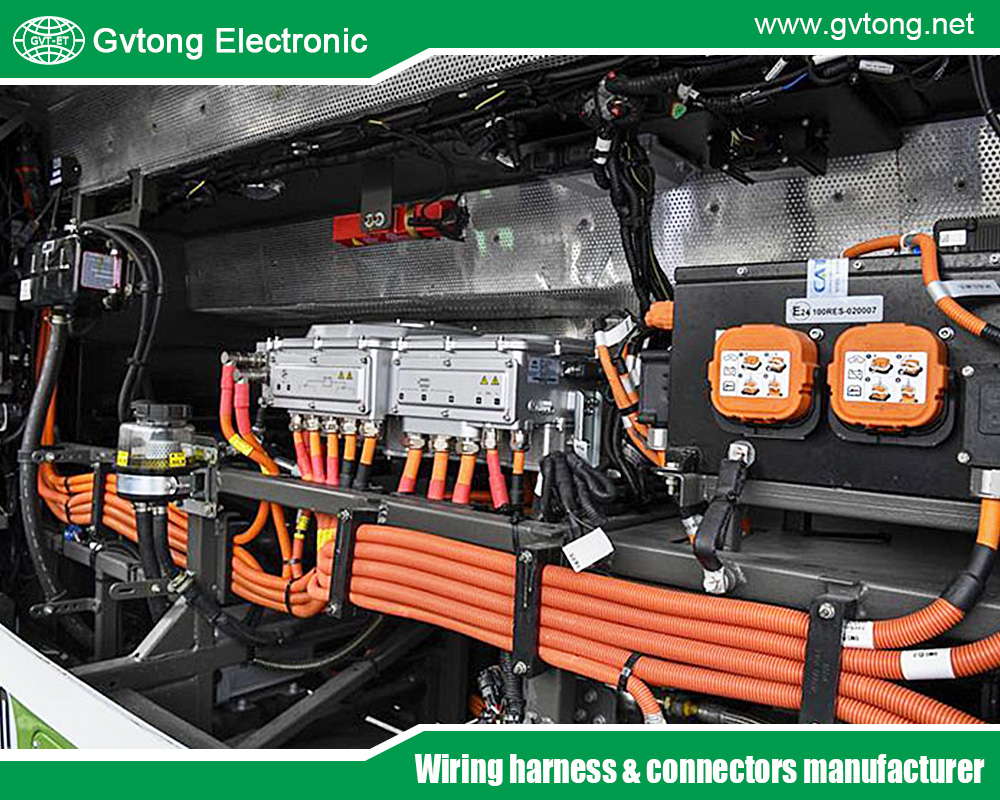
Deployment and Application of 5-Cavity Connectors in Renewable Energy Systems
- Gvtong Electronic
- 10-cavity connectors, 3-cavity connectors, 4-cavity connectors, 48V board net connectors, 5-cavity connector, 5-cavity connector factory, 5-cavity connector manufacturer, 5-cavity connector market, 5-cavity connectors system, 6 - cavity connectors manufacturer, 8 - cavity connectors, antenna connector, Automated assembly connectors, automotive electrical connector, automotive vibration - resistant, automotive waterproof connectors, Automotive-grade AEC-Q200 connectors, coaxial connector, Cost-effective automotive connectors, data connector, diagnostic connector, Halogen-free automotive connectors, high - frequency connector, hybrid connector, Multi-variation connectors, Oil-resistant automotive connectors, optical fiber connector, power distribution connector, Recyclable material connectors, Redundant safety connectors, temperature - resistant connector, Thermal management connectors, vibration - resistant connector, Wireless charging connectors
- No Comments
Deployment and Application of 5-Cavity Connectors in Renewable Energy Systems
Against the global backdrop of promoting sustainable energy development, renewable energy systems have assumed an increasingly critical role. Whether in solar, wind, or other forms of renewable energy, their efficient and stable operation relies on advanced connection technologies. As a high-performance connection device, the 5-cavity connector plays a vital role in renewable energy systems, providing a reliable guarantee for energy transmission and distribution. This article deeply explores the deployment methods, application scenarios, advantages, and challenges and solutions of 5-cavity connectors in renewable energy systems.
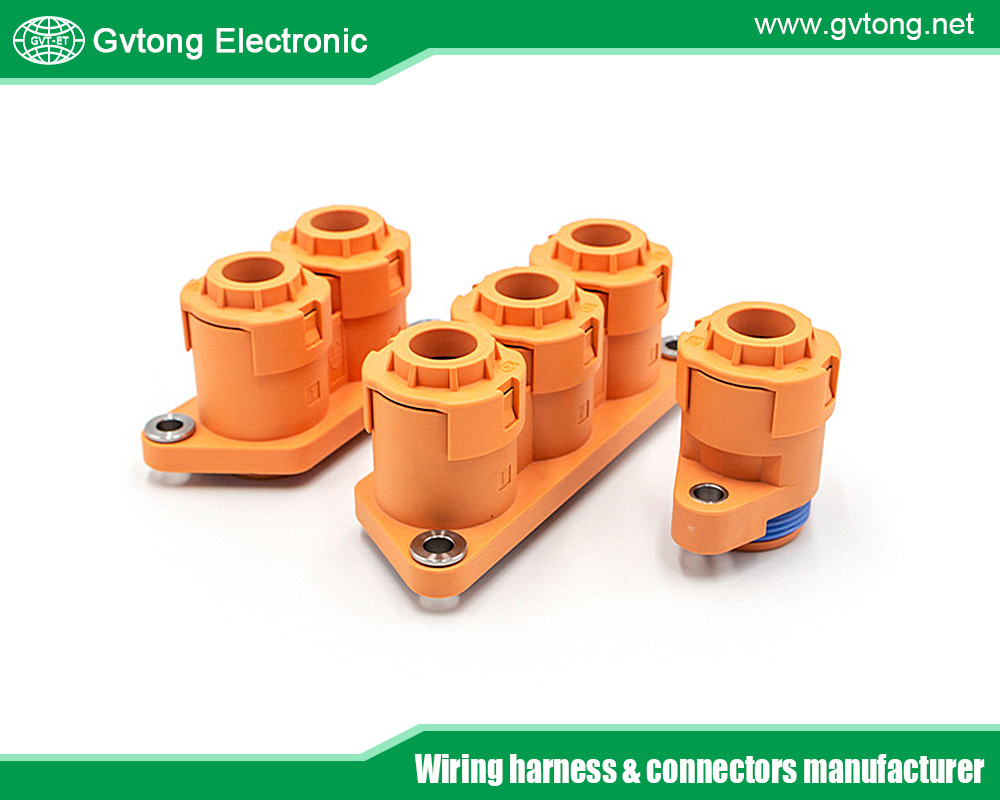
Basic Principles and Characteristics of 5-Cavity Connectors
(A) Structure and Principle
A 5-cavity connector typically comprises five independent cavities, each capable of accommodating different types of wires or cables to enable simultaneous connection of multiple signal or power lines. Its internal structure is exquisitely designed, ensuring electrical isolation and stable connection between lines through special contact components and insulating materials. It generally adopts a plug-in or screw-thread connection method for easy installation and disassembly. For example, in some industrial applications, the contact components of 5-cavity connectors are made of highly conductive metal materials such as copper alloys to reduce resistance and energy loss, while insulating materials are engineered plastics with high temperature and corrosion resistance to ensure reliable performance in complex environments.
(B) Performance Characteristics
- High Reliability: 5-cavity connectors exhibit excellent connection stability, maintaining good electrical connections under harsh environmental conditions such as vibration, impact, and temperature changes, thereby reducing the probability of line failures.
- High Protection Level: Most 5-cavity connectors have a high protection level (e.g., IP67, IP68), effectively preventing dust, water, and oil, making them suitable for various complex working environments, especially outdoor settings.
- High Current-Carrying Capacity: They can meet the demand for transmitting large currents in renewable energy systems, ensuring efficient energy transmission. For instance, in the connection between the combiner box and inverter of a large solar power plant, they can stably transmit high currents.
- Accurate Signal Transmission: In addition to power transmission, for renewable energy systems requiring transmission of control signals and monitoring data, 5-cavity connectors ensure accurate signal transmission with minimal interference and distortion.
Deployment Methods in Renewable Energy Systems
(A) Solar Power Systems
- Series and Parallel Connection of Photovoltaic Modules: In solar photovoltaic arrays, 5-cavity connectors are used to link multiple photovoltaic modules. By inserting the positive and negative poles of the modules and monitoring signal lines into different cavities of the connector, series and parallel connections are achieved, thereby enhancing power generation efficiency and output voltage/current. For example, in a large ground-mounted photovoltaic power plant, tens of thousands of photovoltaic modules are orderly connected via 5-cavity connectors to form a large-scale power generation array.
- Connection Between Combiner Boxes and Inverters: The power output from photovoltaic modules first converges into combiner boxes and then is connected to inverters via 5-cavity connectors. This connection ensures reliable and stable power transmission during the conversion from low-voltage DC to high-voltage AC. Meanwhile, 5-cavity connectors also transmit monitoring and control signals from inverters to photovoltaic modules, enabling intelligent management of the entire photovoltaic system.
(B) Wind Power Systems
- Cable Connections Inside Wind Turret Towers: Inside wind turbine towers, numerous power cables and signal cables need to be connected. 5-cavity connectors can integrate cables of different functions, reducing the quantity and complexity of cables for easier installation and maintenance. For example, they connect the output cables of generators, control cables of pitch systems, and signal cables of wind speed and direction monitoring sensors.
- Connection Between the Nacelle and Tower: The connection between the nacelle and tower is subject to complex mechanical environments such as vibration and torsion. Thanks to their high reliability and vibration resistance, 5-cavity connectors stably transmit power and signals between the two. Their compact structural design also facilitates installation in limited spaces.
(C) Other Renewable Energy Systems
In biomass energy generation, geothermal energy generation, and other systems, 5-cavity connectors can similarly be used to connect various electrical equipment and sensors according to specific system requirements. For example, in the boiler control system of a biomass power plant, they connect signal lines between temperature/pressure sensors and controllers; in the heat exchange station of a geothermal power plant, they link power lines of pumps with signal lines of monitoring systems to ensure stable operation and precise control of the systems.
Application Advantages
(A) Improved System Integration
5-cavity connectors can integrate multiple lines into a single connector, reducing the number of connectors and cable complexity in the system. This results in a more compact structure for the entire renewable energy system, enhancing integration. This not only reduces installation and maintenance difficulties but also minimizes potential failure points caused by excessive connection points.
(B) Enhanced System Stability
Their high reliability and excellent electrical performance effectively resist environmental impacts on connections, ensuring stable transmission of power and signals. In renewable energy systems, stable connections are crucial for continuous energy production and reliable system operation, and the application of 5-cavity connectors significantly enhances system stability and reliability.
(C) Facilitated Installation and Maintenance
The plug-in or screw-thread connection method of 5-cavity connectors is simple to operate, enabling fast and efficient installation and disassembly. During system maintenance or equipment replacement, connections can be conveniently disconnected and reconnected, reducing downtime and improving maintenance efficiency. Meanwhile, their clear labeling and modular design also facilitate troubleshooting and repair by technicians.
(D) Cost Reduction
Although the procurement cost of 5-cavity connectors may be relatively high, their high reliability and long service life can reduce maintenance costs and downtime losses caused by system failures. Additionally, reducing the use of connectors and cables also lowers material and installation costs to some extent, offering significant long-term cost advantages.
Challenges and Solutions
(A) Contact Resistance Issues
- Challenge: During high-current transmission, the contact resistance of 5-cavity connectors may cause energy loss and heat generation, affecting system efficiency and stability. Excessive contact resistance may even lead to overheating and damage to connectors, or even safety hazards.
- Solution: Select highly conductive contact materials and optimize the structural design of contact components to increase contact area and reduce contact resistance. For example, use gold/silver plating processes on contact surfaces to improve conductivity and oxidation resistance; regularly inspect and maintain connectors to ensure good contact.
(B) Environmental Adaptability Issues
- Challenge: Renewable energy systems mostly operate in harsh outdoor environments (e.g., high/low temperatures, high humidity, strong UV radiation), which may adversely affect the performance and service life of 5-cavity connectors, leading to material aging and degraded sealing performance.
- Solution: Use weather-resistant, high-temperature, and corrosion-resistant materials for connector housings and insulating components; improve the protection level of connectors and strengthen sealing designs to prevent intrusion of water, dust, etc. Additionally, apply special surface treatments to connectors to enhance their UV and corrosion resistance.
(C) Standardization Issues
- Challenge: Currently, the market is flooded with numerous brands and models of 5-cavity connectors, lacking unified standards, which causes inconvenience in the design, installation, and maintenance of renewable energy systems. Different brands/models vary in dimensions, electrical performance, and interface forms, making interchangeability and universality difficult.
- Solution: Promote industry standardization by establishing unified standards for 5-cavity connectors, including dimensional specifications, electrical performance requirements, and protection level criteria. Strengthen supervision of connector manufacturers to ensure product compliance with standards and improve product universality and interchangeability.
Future Development Trends
(A) Intelligent Development
With the advancement of IoT and big data technologies, 5-cavity connectors will evolve toward intelligence. Future connectors may integrate sensors to real-time monitor parameters such as connection status, temperature, and current, and transmit data to control systems via wireless communication technologies, enabling intelligent management and fault early warning for connectors and the entire renewable energy system.
(B) Miniaturization and Lightweighting
To meet the demand for miniaturization and lightweighting in renewable energy systems, 5-cavity connectors will continue to optimize structural designs and adopt new materials and manufacturing processes. This will help reduce system volume and weight, lower installation and transportation costs, and improve system flexibility and scalability.
(C) Integration with Emerging Technologies
5-cavity connectors will deeply integrate with emerging renewable energy technologies such as hydrogen energy generation and marine energy generation. According to the special needs of these new technologies, more targeted and adaptable connector products will be developed to provide strong support for the growth of emerging renewable energy industries.
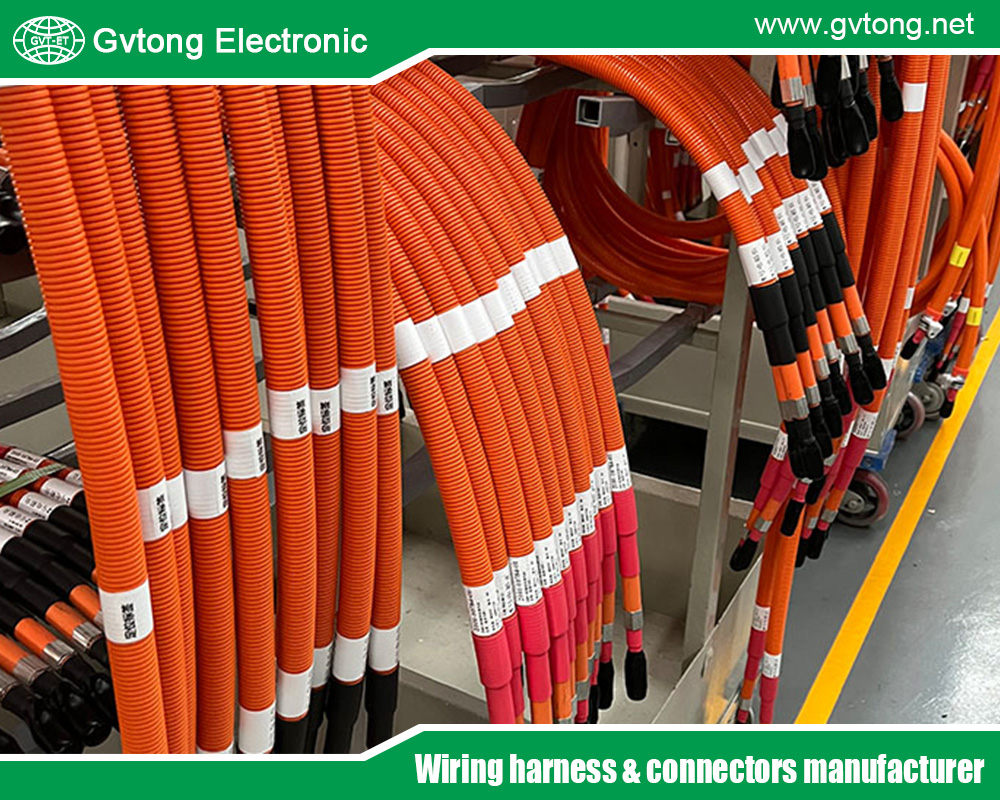
Conclusion
The deployment and application of 5-cavity connectors in renewable energy systems provide a reliable connection guarantee for the efficient development and utilization of renewable energy. Their unique structural and performance characteristics offer significant advantages in improving system integration, enhancing stability, facilitating installation/maintenance, and reducing costs. Despite facing challenges in application, these issues are being gradually addressed through technological innovation and standardization. As the renewable energy industry continues to develop, 5-cavity connectors will also evolve toward intelligence, miniaturization, and integration with emerging technologies, playing a more critical role in promoting global energy transition and sustainable development. In future renewable energy system constructions, 5-cavity connectors are expected to gain broader application and become an important pillar in the field of connection technologies.
For more about the deployment and application of 5-cavity connectors in renewable energy systems, you can pay a visit to Gvtong at https://www.gvtong.net/ for more info.


